Study looks at increasing food production while saving land and limiting greenhouse gas emissions
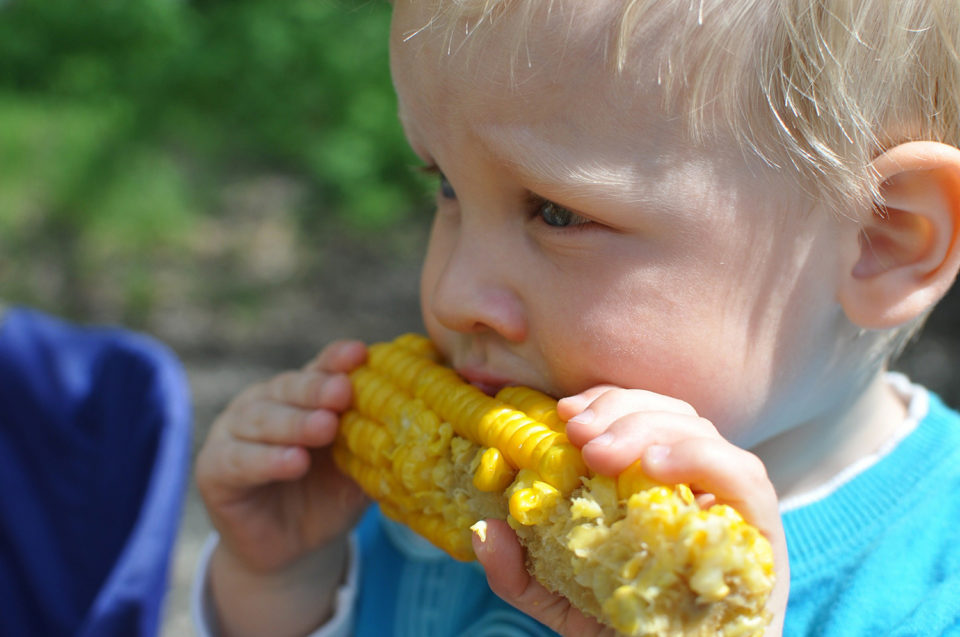
Editor note: This article has 21 co-authors, but we only include the name and affiliation information for the corresponding author. For the full list of contributors, please refer to the original publication.
Producing enough food for the growing human population while reducing greenhouse gas (GHG) emissions and other environmental impacts from farming is a major global challenge.
Proposed solutions commonly focus on boosting production by approximately 70 percent, increasing yields in unproductive regions, eliminating waste and reducing meat consumption. Such solutions may also help reach some of the environmental targets set by international agreements such as the Paris Climate Agreement and the Sustainable Development Goals (SDGs) set by the United Nations in 2015.
To date, however, there has been no serious global evaluation of whether the production of different types of food (especially fruits and vegetables) is sufficient to provide a nutritionally balanced diet for the global population. Nor is it known whether a switch towards a nutritionally balanced diet might reduce the environmental impact of food production, thus helping meet SDGs and the Paris Agreement targets. And a recent paper, however, found that a global shift towards current Western diets, an already observed trend in many parts of Asia, could lead to increased land use by 1 Giga hectare. This suggests that at least some commonly used nutritional guidelines need to be considered in terms of their impact on environmental sustainability.
This article is adapted from the original publication, which explored the extent to which global food production was nutritionally sufficient for 2011 (our baseline year when the world’s population was approximately 7 billion) and will be sufficient for a population of 9.8 billion, which is expected in 2050. We do this by comparing the types of diets nutritionists recommend versus global agricultural production statistics, and then explore options for producing a nutritionally balanced global diet.
Data and methods
We used a range of food and crop databases along with different nutritional guidelines and recommendations, using several assumptions – including choice of nutritional guidelines, calculating actual and recommended servings, calculating the amount of land needed for existing vs. Harvard Healthy Eating Plate (HHEP; created by experts at Harvard School of Public Health and Harvard Medical School, points consumers to the healthiest choices in the major food groups) diets; and calculating greenhouse gas emissions – to compare the amount of food that is produced globally with what nutritional experts consider to be a healthy diet.
Then we estimated both the land use and GHG implications of switching to nutritionally recommended diets. And then, to provide a rough estimate of the implications of different possible strategies, we estimated the impact of four possible future scenarios:
- A scenario where all livestock consumption is replaced by plant-based proteins.
- A scenario where consumers reduce livestock consumption to 20 percent of their protein (consistent with the current ratio of meat: plant-based protein in India).
- A science-and-technology scenario in which new technologies increase crop yields.
- A household food waste-reduction scenario.
Also, to assess some of the implications of moving towards a nutritionally balanced global diet, we made several assumptions which need to be considered in the interpretation of the results. For detailed information on the data and methods used, please refer to the original publication.
Results
Comparison of available vs. healthy food scenarios
Currently, worldwide food production exceeds 2,750 kilocalories per person per day, which exceeds the amount required to feed the global population. Although these data account for farm-level waste, they do not include the estimated 20 percent household food waste. Hence, currently available calories are likely to be about 2,200 kilocalories per person per day, which is sufficient for the world’s current population.
However, when global production is divided into different food groups, a radically different picture emerges. Specifically, global agriculture currently produces 12 servings of grains, five servings of fruits and vegetables, three servings of oil and fat, three servings of protein, one serving of milk and four servings of sugar per person per day. In contrast, using the HHEP, we estimate that global agriculture production should provide eight servings of whole grains, 15 servings of fruits and vegetables, one serving of oil, five servings of protein, and one serving of milk per person per day to provide a nutritionally balanced diet. Thus, the world currently over-produces grains, fats and sugars, while greatly under-producing fruits and vegetables and, to a smaller extent, proteins, including seafood (Fig. 1).

Land-use implications
Our analysis found that if global agriculture produced foods at the levels recommended by the HHEP, then the amount of arable land devoted to:
- Grain production would be reduced by 150 million ha;
- Fat and oil production would drop by 105 million ha; and
- Sugar production would drop by up to 30 million ha.
At the same time, the arable land devoted to fruits and vegetables would need to increase by 171 million ha. To meet our needs for protein, the amount of arable land devoted to animal feeds would increase by 57 million ha while land used for plant protein would increase by 20 million ha. Overall, therefore, shifting production to match the diet recommended by the HHEP would reduce the amount of arable land needed for agriculture by a total of 51 million ha. This reduction in agricultural land use could help global efforts to conserve biodiversity and enhance ecosystem services.
The situation is different when we consider pastureland in addition to arable land: 3,433 million ha of pastureland are currently used to raise livestock. Increasing protein production to levels consistent with the HHEP recommendations would require 3,891 million ha. This underlines the need for greater reliance on other protein sources, like seafood.
For an estimated 9.8 billion global population by mid-century, our analysis shows that, if diets remain static and farming continues to produce the same proportions of food as it does today, we will require 12 million ha more arable land and 1,373 million ha more pastureland. With universal adoption of the HHEP diet, global agriculture would need 39 million ha less arable land and 2,017 million ha more pastureland.
Greenhouse gas emission impacts
Using statistics from our baseline year of 2011, we estimate that adopting the HHEP diet will increase total cradle-to-farm-gate GHGs relative to the world’s existing diet by approximately 2.8 gigatons (GT) of carbon dioxide per year or by 49 percent, exclusive of any additional GHGs that could occur due to land use change.
We also considered what would happen if the HHEP diet were implemented with high animal protein (at current levels), but with only 2 servings of red meat per week. In this case, the total GHG emissions would increase by only 0.7 GT from current levels. These data suggest that pescetarian (people adhering to a diet that incorporates seafood as the only source of meat in an otherwise vegetarian diet) or vegetarian diets could result in decreasing GHG emissions.
Discussion: Three pathways for future diets
Our primary finding is to illustrate the fundamental mismatch between what global agriculture produces and what the world’s population requires for a balanced diet as recommended by nutrition experts. Although global agriculture already produces enough calories for the world’s current population, there is insufficient production of fruits, vegetables and protein and major over-production of energy-dense foods, especially sugars, cereals and oils. Consequently, people must over-consume these products in order to meet their calorie requirements. The failure of global agriculture to provide a balanced diet presumably contributes to the current epidemic of obesity and diabetes.
The analysis also quantifies the land use and GHG effects if diets remain static and farming continues to produce the same proportions of food as it does today for the projected 2050 population of 9.8 million. Briefly, if nothing else changes, the data suggest we will require 12 million ha more arable land and 1,373 million ha more pastureland and produce 2.25 GT more GHGs annually. In contrast, with universal adoption of the HHEP diet, global agriculture would need 1,978 million ha total land and produce 6.15 GT more annual GHGs. As these estimates exceed the available land base and acceptable emissions, we consider three potential pathways for the future.
Pathway 1: A shift to proteins that require less land and produce fewer GHGs
One way to reduce the GHGs associated with our diets would be to both improve the efficiency of livestock systems and reduce the proportion of protein we obtain from animal agriculture. With that said, this analysis should not be seen as a rationale for a purely vegetarian diet. Livestock plays an important role in many agro-ecosystems, 987 million people worldwide depend on raising animals as a key livelihood strategy, and much pastureland is ill-suited to crop production. In parts of the world where malnutrition is still prevalent, increased consumption of livestock products can help improve the well-being of the rural poor. In addition, animal agriculture and animal-based diets are culturally important for people around the world. Hence, meat consumption will continue, but cannot persist at today’s levels without major consequences.
Overall, therefore, the data suggest that the environmental footprint of food and farming systems would drop with increased reliance on plant-based or alternative proteins such as fungus, algae or insects. In addition, scientific work is currently helping improve the efficiency by which animals convert feed into useable meat and to breed animals (especially cattle) that produce fewer GHGs. It is also possible to reduce the environmental impact of livestock and increase soil carbon sequestration through approaches such as “high-density short rotation” grazing where relatively high numbers of cattle are placed on a small pasture for a short period.
The situation is more complex regarding land use. As noted above, even with universal adoption of the HHEP diet, producing enough protein for the global human population will increase the amount of arable land associated with farming due to the need to expand the production of high-protein leguminous crops (Fig. 2A). This could have serious environmental consequences relating to soil loss, the GHGs emitted from land use change, and the biodiversity loss associated with commodity farming. However, reducing the amount of pastureland used to raise livestock may compensate for this increase in arable farming. Therefore, when both arable and pasture lands are considered, the data show that the total amount of land used by agriculture would not have to rise if there was a shift to both the HHEP and a much greater consumption of plant-based protein (Fig. 2A).
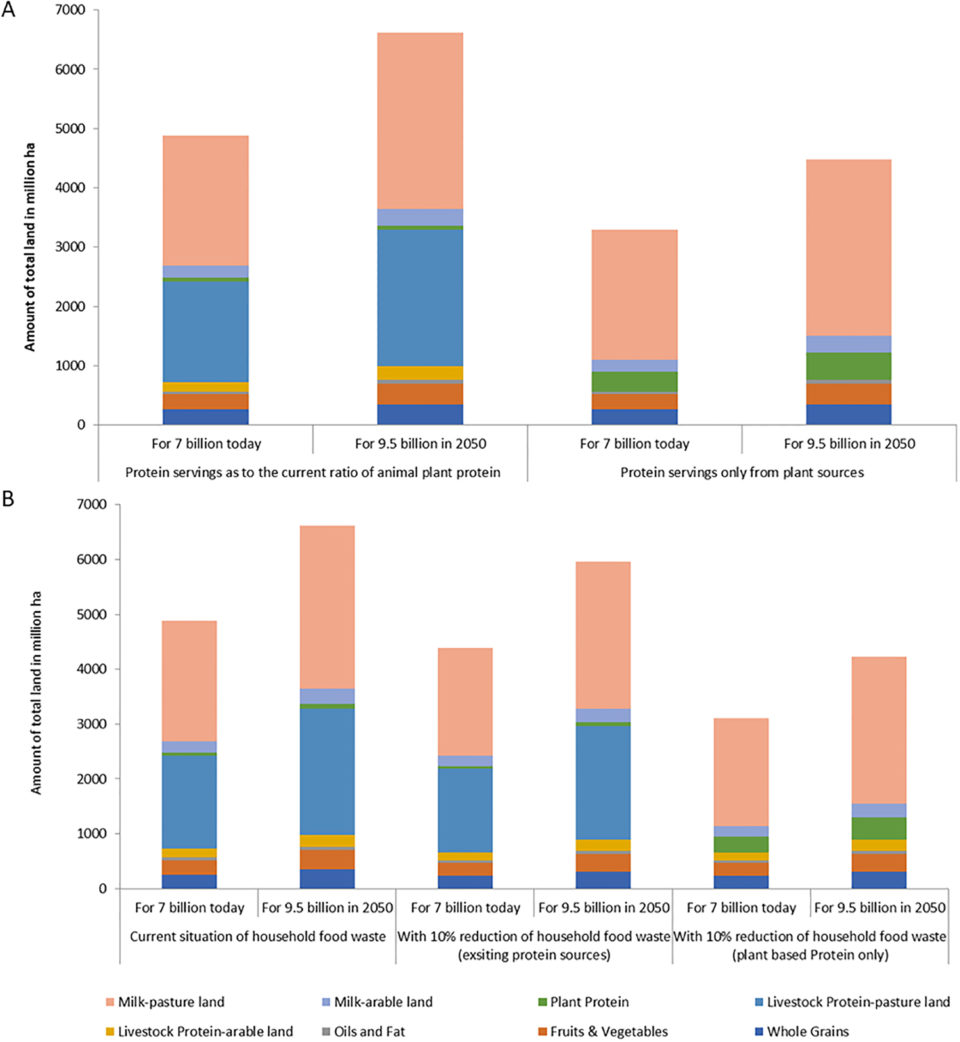
Increasing fish consumption is another useful strategy as fish represent a relatively low GHG emitting supply of protein and have been found to improve heart and blood vessel health and reduce cardiovascular disease. Nevertheless, there are other concerns including contamination of fish by toxins, the overfishing of oceans, and habitat loss. Hence, more effort is needed to develop sustainable sources of fish (perhaps through improved and land-based aquaculture or aquaponics) and promote sustainable fishing practices.
Overall, the analysis presented here reinforces the growing number of studies that demonstrate the importance of developing new protein systems (based on plants, algae, fungi or insects) that require a smaller land base and fewer resources.
Pathway 2: Science and technology to increase yields
A second approach would be to use science and technology to increase yields, especially for fruits and vegetables, of which many are pollinator-dependent. In the calculations above, we assumed that technological advancements will continue to increase yields by 1 percent per year which is consistent with how technology has increased yields over the past 50 years.
However, a switch to HHEP, plus the rising demand due to population growth, would require a yield increase of 8 percent per year for fruits and vegetables. This would represent a huge scientific and technological challenge and would require a realignment of international agri-food research away from the current primary focus on cereals and starchy foods towards research on fruits and vegetables. Similarly, to maintain HHEP-recommended levels of protein and dairy without increasing land requirements, yields would need to increase by 3 percent per year for meat-based protein and by 0.8 percent per year for dairy (Table 1).
Bahadur, Nutritional Needs, Table 1
| Food groups | Population of 9.8 billion by 2050 |
|---|---|
| Whole grains | No increases needed* |
| Fruits and vegetables | 8.72% annually |
| Oils | No increases needed* |
| Protein | 3.27% annually |
| Milk/dairy | 0.79% annually |
| Sugar | No increases needed* |
*Since we are currently producing grains, oils & fats, and sugars in excess of projected needs, these categories can either be less intensively farmed or land could be taken out of production for these crops, thus reducing agriculture’s impact on ecosystem services.
Increasing production of fruits and vegetables, without increasing the amount of arable land used by agriculture, might also be achieved in part through urban agriculture, innovations in vertical farming, indoor production facilities driven by LED lighting and hydroponics, and other advanced horticultural production technologies. Such innovative production systems must be developed in tandem with farmer-directed, participatory plant breeding and genetics programs, and support for pollination services, in order to boost yields.
Pathway 3: Reducing waste
Another possible solution could be a reduction of household food waste. Given the FAO data include farm-to-retail waste, but do not include household waste that is estimated to be as high as 20 percent, we calculated how halving this amount of household waste would affect both arable and pastureland requirements for both current diets and for a diet using only plant-based protein. If global household food waste were reduced by half, then instead of requiring 987 million ha of arable land for 7 billion people and 999 million ha for 9.8 billion people, requirements would be only 888 and 899 million ha, respectively. Similarly, when we consider a future both that increases the consumption of plant-based protein and reduced waste, the requirement for pastureland should be only 1,973 million ha for 7 billion people and 2,763 million ha for 9.8 billion compared to the current 3,433 million ha of pastureland (Fig. 2B). In terms of GHG emissions, reducing waste from 20 percent to 10 percent would reduce resource use for food production, thus reducing emissions by 10 percent (in addition to reducing methane emissions from landfilling).
Conclusions
In summary, (1) current agricultural production fails to provide the mixture of foods needed for the world’s population to have the type of balanced diet recommended by nutritionists; (2) rectifying this imbalance would save arable land, but (3) also saving pastureland and reducing GHG emissions would require more reliance on plant-based sources of protein. Furthermore, if the world’s population grows as anticipated, food production must change to fit within available land and acceptable levels of land use and GHG emissions.
The data suggest that adopting nutritionally balanced diets that involve a greater consumption of fruits and vegetables, plus lower consumption of grains, fats and sugars, along with developing proteins that require less land to produce should help to ensure sustainable and balanced diets through the coming decades. Such a transition would reduce global GHG emissions, better support ecosystem services and biodiversity and have significant benefits for human health.
References available in original publication.
Now that you've reached the end of the article ...
… please consider supporting GSA’s mission to advance responsible seafood practices through education, advocacy and third-party assurances. The Advocate aims to document the evolution of responsible seafood practices and share the expansive knowledge of our vast network of contributors.
By becoming a Global Seafood Alliance member, you’re ensuring that all of the pre-competitive work we do through member benefits, resources and events can continue. Individual membership costs just $50 a year.
Not a GSA member? Join us.
Author
-
Krishna Bahadur KC, Ph.D.
Corresponding author
Department of Geography, Environment and Geomatics
University of Guelph, Guelph, Canada
Related Posts
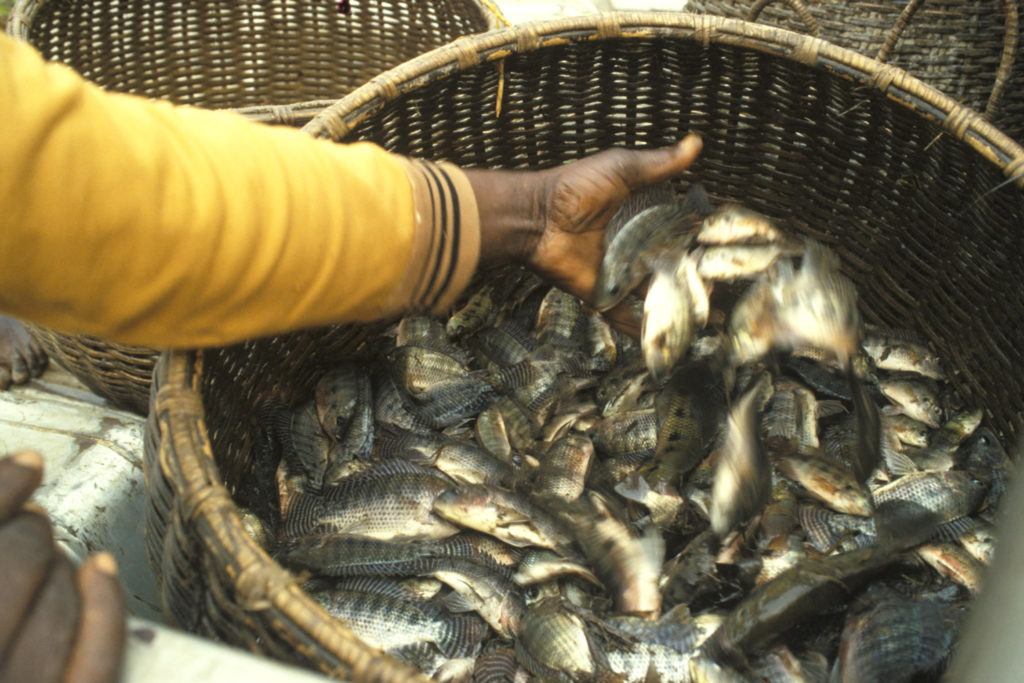
Responsibility
A helping hand to lend: UK aquaculture seeks to broaden its horizons
Aquaculture is an essential contributor to the world food security challenge, and every stakeholder has a role to play in the sector’s evolution, delegates were told at the recent Aquaculture’s Global Outlook: Embracing Internationality seminar in Edinburgh, Scotland.
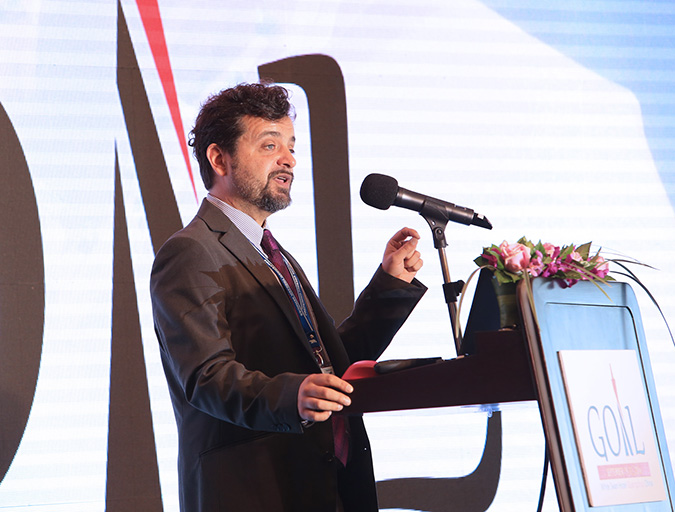
Aquafeeds
Aquaculture Exchange: Giovanni Turchini, Deakin University, part 1
One of the world’s leading fish nutrition experts talks about how aquaculture can learn to survive, and even thrive without depending on fishmeal and fish oil. It’ll take a lot of innovation, but Giovanni Turchini is confident that the industry is on the right path.

Aquafeeds
Bridging the omega-3 gap with methane, microalgae
Innovation is leading to new ingredient options for renewable sources of omega-3 fatty acids. But Replicating long chain fatty acids is a tall order, Advocate contributor Lisa Duchene discovered.
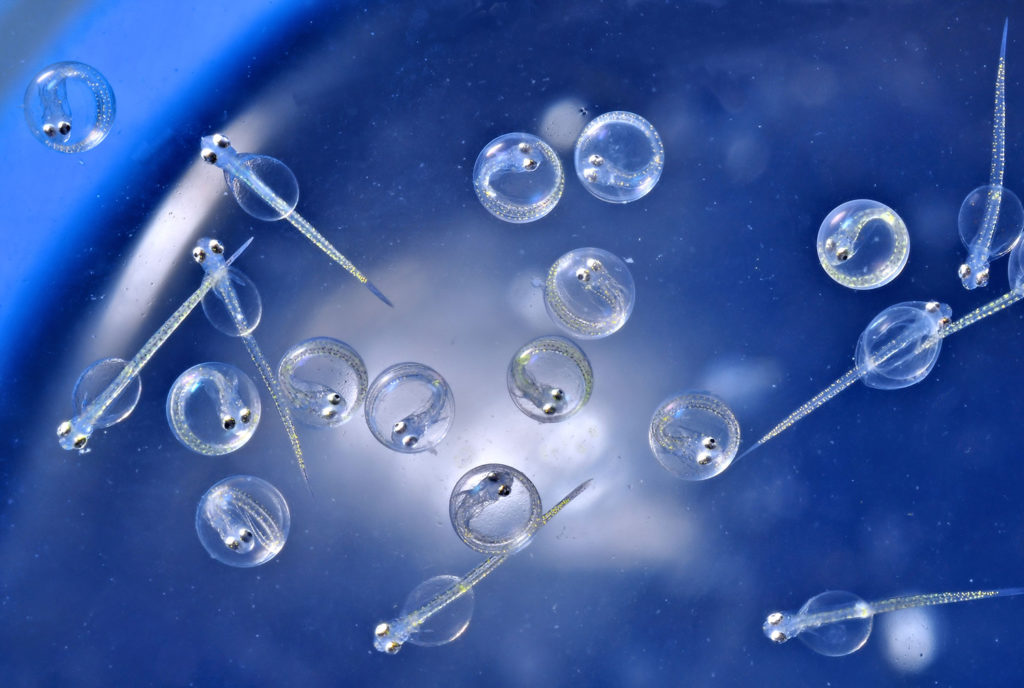
Innovation & Investment
Early-stage diet innovator secures Aqua-Spark investment
The Netherlands-based investment fund is backing a proprietary micro-encapsulation technology that aims to replace live-feed needs for early-stage fish and shrimp.


